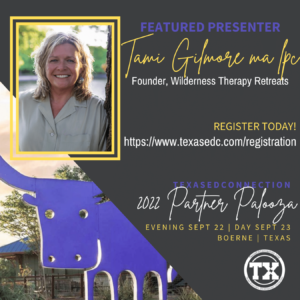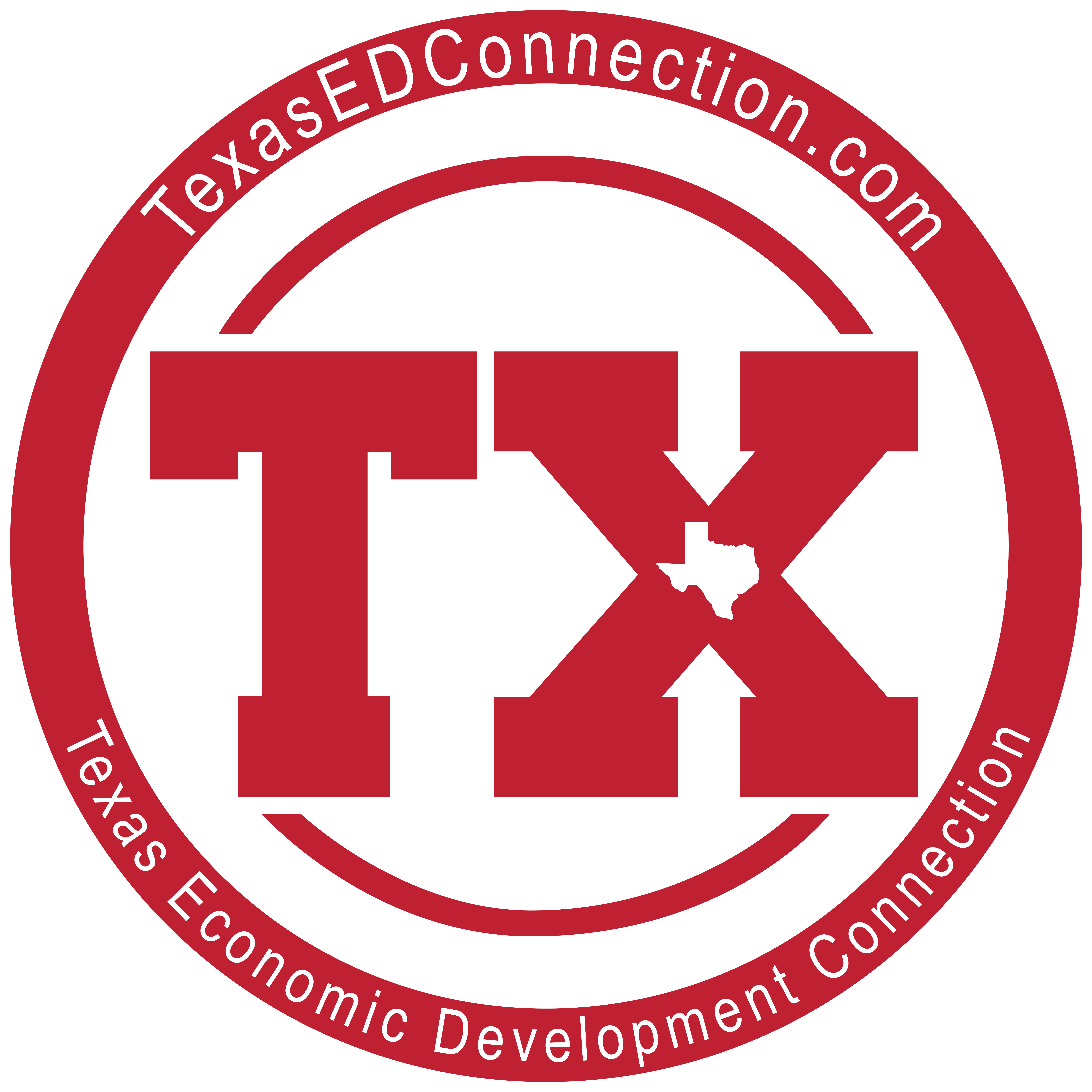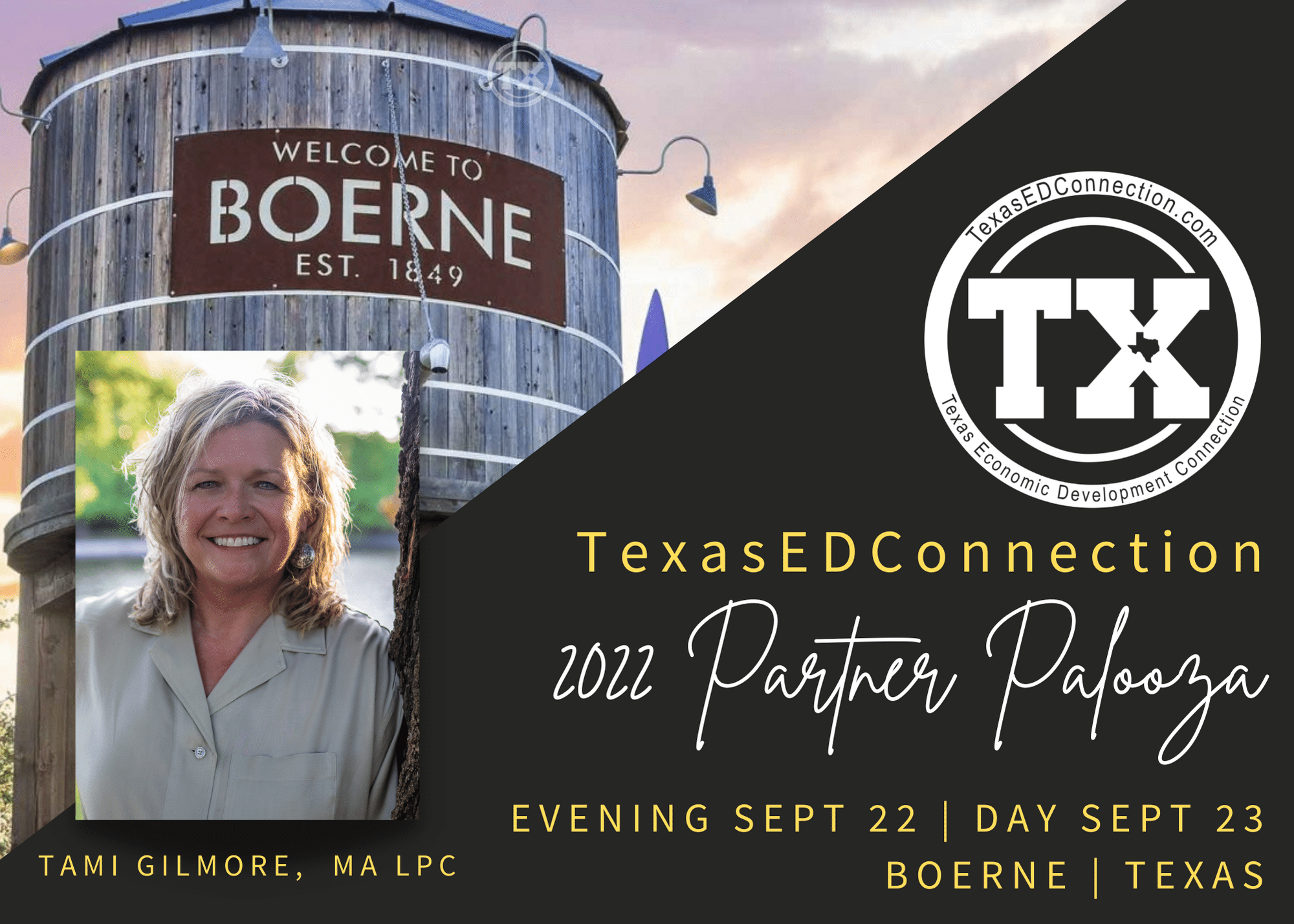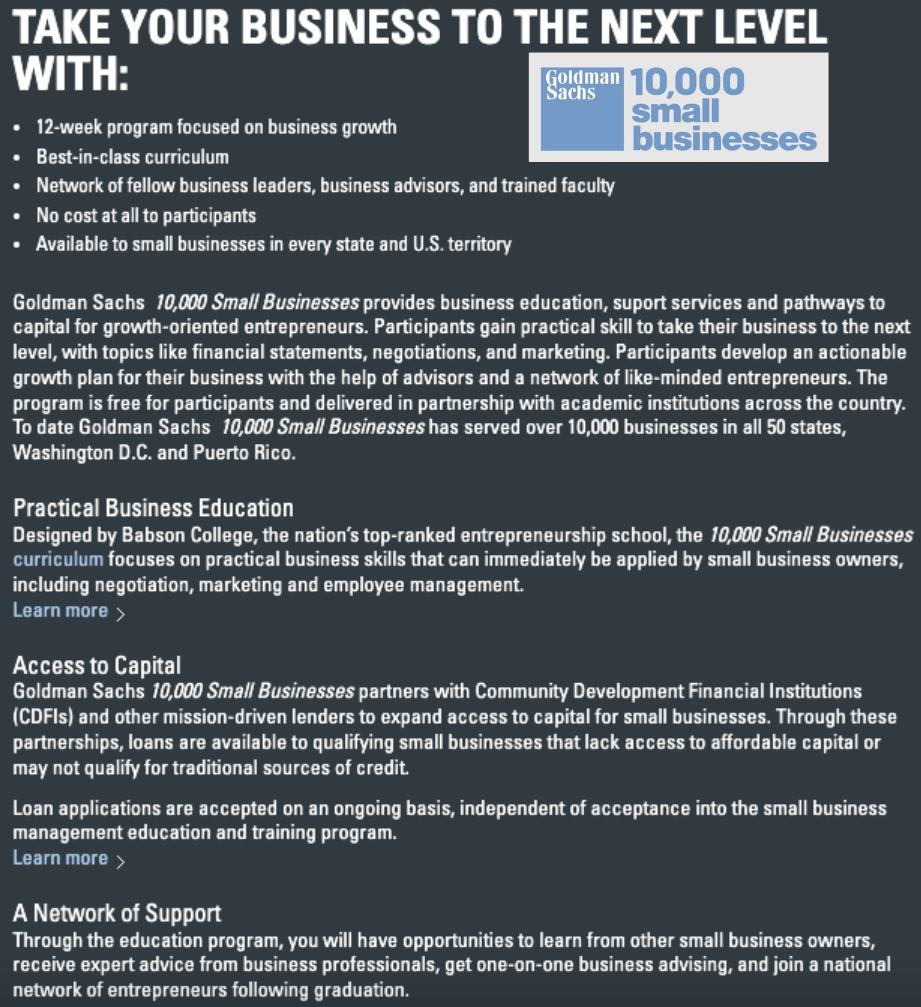Meet our Wilderness Expert
Chat with Tami Gilmore long enough, and she’ll have you bought into taking a 3-day nature retreat with no phones, technology, or modern conveniences, armed with only a pencil, a notebook, and a sleeping bag. Even if you’re in the camp that believes this type of Nature Therapy is “woo-woo” (technical term), her fact-based arguments and prove-me-wrong attitude will soon win out, and you’ll be at REI trying to find the best hiking boots in no time.

Beyond her expertise in Wilderness Therapy and her passion for helping others overcome trauma, anxiety, depression, PTSD, and other mental health disorders, you will also find a female business owner. She is invested in helping other business owners, and individuals optimize their performance and creativity through nature. We are honored to welcome her as a speaker at our Economic Development Conference on September 23rd and are confident you will learn as much from her as we have.
Before we begin, please give us an informal bio, so our readers understand who you are and what you do.
Absolutely. I am a practicing Licensed Professional Counselor with a Bachelor of Arts in Psychology and a Master’s Degree in Counseling. I am the founder of Wilderness Therapy Retreats & Heart of the Wild Wellness. I believe that no one therapy model works for everyone. I am trained in EMDR Therapy (Eye Movement Desensitization Reprocessing), IFS (Internal Family Systems), Solution Focused, CBT, Reality Therapy, and Wilderness therapy.
In 2015 my love of nature and outdoor adventures led me to train in Wilderness/Natural World therapy. I have worked in the service field of psychology as an educator, coach, school counselor, group leader, workshop facilitator, and therapist for 20 + years. I am open-minded and passionate about learning, helping, and teaching others.
Wow. That’s awesome. But let’s dive deeper and explain what Wilderness Therapy is, so our readers understand what you do.
The actual definition of Wilderness Therapy, if you looked it up, would be something like ‘consciously incorporating nature into the therapeutic process.’ That sums it up nicely. But, in reality, it involves nature almost as a co-therapist, allowing patients to find metaphors in nature and incorporating the proven healing properties that exist in our natural world into the therapy process. There is a deep history of how this became a practice, starting with teen therapy retreats and evolving over the years to include soldiers with PTSD and trauma patients. In Japan, they even have a process called “forest bathing” as a practice because people were dying in the 1970s from what they called ‘death by overwork.’ It’s truly a fascinating yet research-backed therapeutic process.
OK. We’re sold. But we imagine that sometimes it takes some convincing. What objections do you receive when pitching a wilderness retreat to a business owner or talking to patients about it? And how do you overcome those objections?
The biggest objection I get is that wilderness therapy is too “woo-woo.” It’s big in areas like Colorado, Washington, and Oregon, but in Texas, it takes some convincing. Instead of arguing with the facts, even though there are plenty, I’ve learned to simply tell people to prove me wrong. I ask them to notice how they feel before we go out and work in the outdoors or do yoga or mindfulness techniques, then I ask them to notice how they feel when they are done. The fact is that even a few minutes makes a difference in how we feel, and I almost always overcome objections that way.
OK. We like that. A challenge instead of an argument. Can you tell us what you wanted to be when you were growing up, and does it relate to what you do now?
I always wanted to be a teacher. Even before I knew what a teacher was, I pretended to teach my brothers and little sister. Taking science and psychology classes in high school helped me discover my desire to answer the question, “why?” After 13 years of teaching when my sons were in college, I pursued my Master’s Degree in counseling, where I continued my passion for learning & teaching.
I love Maya Angelou’s quote, “when we know better, we do better.” And I feel like it’s crazy that we never learned in school about relationships, attachment, or trauma – such important things!! We learned Algebra, and I still haven’t used it. I love seeing the epiphany in someone’s eyes when they discover that they are OK, and what they are doing or are feeling is normal for what they’ve been through and that there are ways to heal and change.
As a child, I loved anything you could do outdoors, and when I discovered I could help people and be in nature – overwhelming joy is the only way to describe it!!
We love that you have incorporated your love for nature with your passion for helping others and have managed to turn it into a thriving business. Along the way, we’re sure you’ve received a ton of advice on how to run and manage your business, some of it good, some of it bad. Can you tell us the best and the worst advice you have ever received?
Of course!
The worst? ‘Just do it and figure out the details later.’
The best? ‘Enroll in Goldman Sachs 10k Small Business Program.’ (Here is the Link for you to check out!)
We can’t argue with that good advice, now, can we? But bad advice aside, what’s the biggest challenge you’ve faced in business, and how did you overcome it?
My biggest challenge was to let partners and employees go when their gifts and intentions didn’t match my vision and mission. I overcame this by listening to Brene Brown and others share that you are helping others by letting them know that this may not be their path and constantly reminding myself to stay on my path.
OK. Now that we’ve talked business for a bit let’s get to know you with some light-hearted questions. What do you do for fun outside of your work?
I looooove hiking, gardening, party planning, and traveling to beautiful places.
What three things would you take with you to a deserted island?
My family, a journal and a pencil. My family (if that’s allowed) because they bring me joy and happiness, but if people can’t be on the list, it would be a pan – to boil water and a journal & pencil to document this adventure.
Of course, the Wilderness Therapist would take a journal and pencil to a deserted island. What a silly question on our part.
Once again, we are thrilled to have Tami as a guest at our upcoming conference and are confident that even the strongest objectors will be swayed by her talk. If you want to hear Tami and the rest of our incredible speaker lineup, be sure to grab your tickets at: https://texasedc.com/partner-palooza.
And please give Tami a follow on LinkedIn, where she shares valuable information on trauma, therapy, and mental health often. Or visit her at https://wilderness-retreats.com
For more information on joining the TexasEDConnection Partnership, please visit TexasEDC.com or contact us at SuperDave@D1Experts.com.




